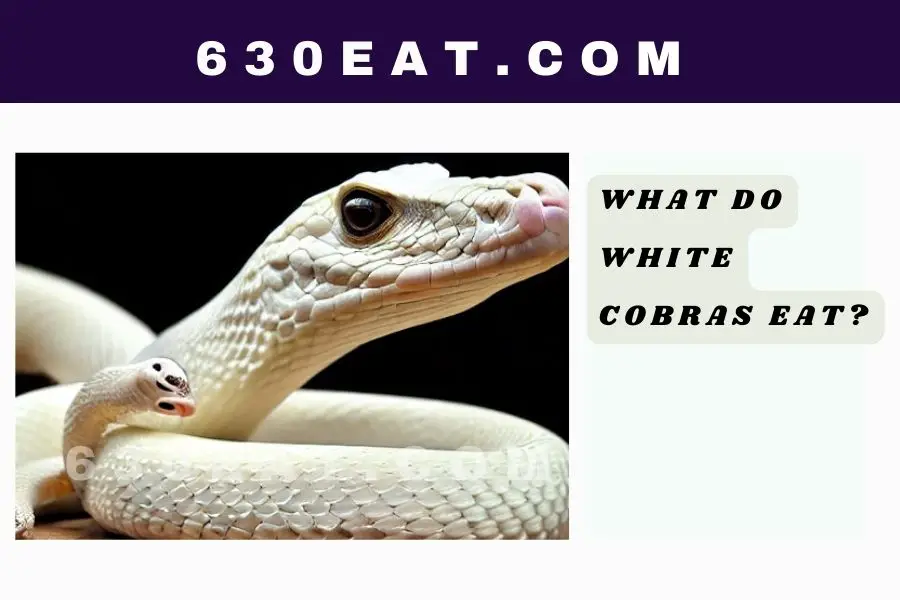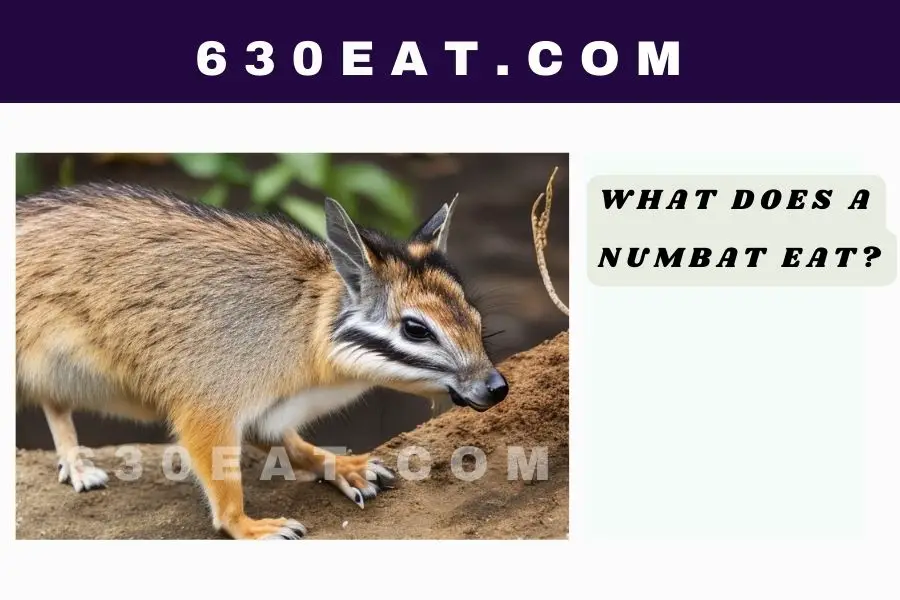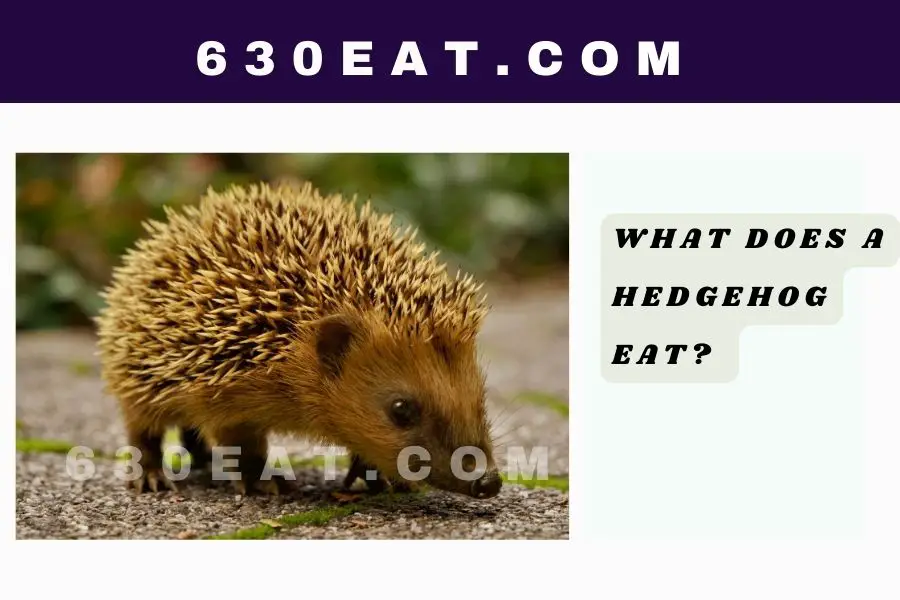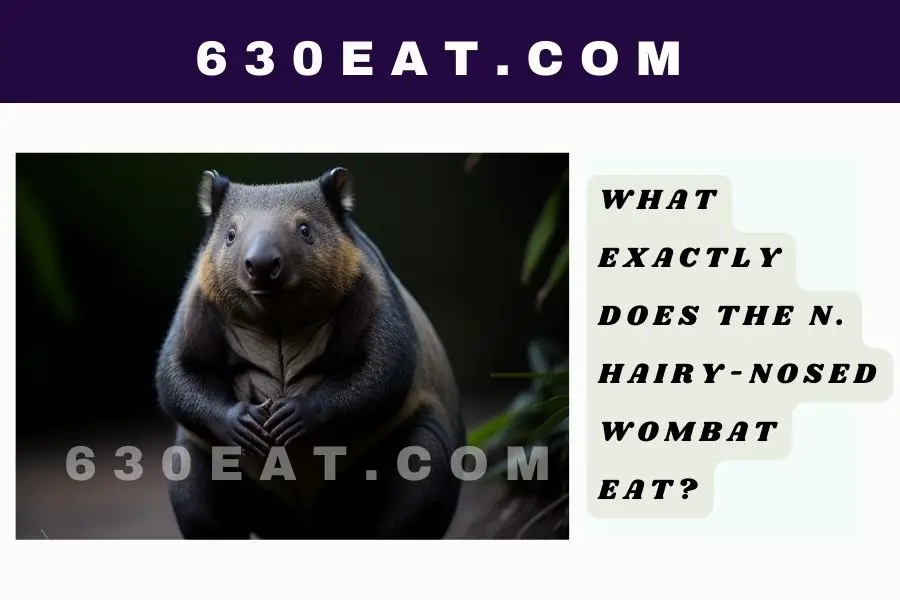White cobras are one of the most intriguing snake species in the world, not just for their striking appearance but also for their unique dietary preferences.
This comprehensive guide will cover everything you need to know about white cobra diets, including their preferred prey, hunting techniques, and factors that affect their eating habits. We will also delve into the fascinating world of white cobra digestion and metabolism, and how their diet impacts their overall health and lifespan.
Understanding White Cobras
Before we delve into the intricacies of the white cobra diet, it’s essential to have a solid understanding of the species itself. This section will provide you with an overview of white cobras, their habitat and distribution, and their distinct physical characteristics.
Species Overview
White cobras, also known as leucistic cobras, belong to the genus Naja of the Elapidae family. While they are related to the other species of cobras, such as the King Cobra and Indian Cobra, white cobras are unique due to their leucistic coloration, which is caused by a lack of pigmentation in their skin cells. Unlike albino animals that have a complete absence of melanin, leucistic animals might still display faint patterns or markings on their skin, making them distinguishable from true albinos.
White cobras are fascinating creatures, and scientists are still studying their unique coloration and the genetic mutations that cause it. This coloration can provide them with a survival advantage in certain environments, such as snowy areas, where their white skin allows them to blend in with their surroundings and avoid predators.
Habitat and Distribution
White cobras can be found in various habitats, including forests, grasslands, and deserts. They are adaptable and can thrive in a range of environmental conditions, making them a widely distributed species. However, it is important to note that white cobras are relatively rare compared to other cobra species, and spotting one in the wild is considered an extraordinary event.
White cobras are native to the Indian subcontinent and Southeast Asia, but they have also been reported in other parts of the world, such as Africa and the Americas. In some areas, they are considered an invasive species and pose a threat to local ecosystems.
Physical Characteristics
White cobras typically grow to an average length of 4 to 6 feet, with some specimens reaching up to 8 feet long. As the name suggests, their body is predominantly white with occasional light patterns or markings, which can vary between individuals. They share common cobra characteristics such as a large hood, smooth scales, and potent venom. However, the striking white coloration of the snake is what sets it apart from other cobra species, making it a truly remarkable sight to behold.
White cobras are also known for their unique behavior. They are generally solitary creatures and are active during the day, preferring to hunt and forage in the early morning and late afternoon. They are also excellent climbers and can often be found in trees and bushes, where they hunt for prey such as rodents and birds.
White Cobra Diet
With a clear understanding of white cobras as a species, we can now delve into their dietary preferences and habits. In this section, we will discuss the types of prey they prefer, the hunting techniques they employ, the frequency at which they feed, and other interesting facts about their diet.
Preferred Prey
White cobras are carnivorous predators, and their diet consists primarily of small mammals, birds, and other reptiles. Their preferred prey includes rodents, such as mice and rats, as well as lizards and smaller snake species. White cobras have also been known to eat bird eggs and occasionally amphibians, depending on the availability of other food sources in their habitat.
Interestingly, white cobras have been observed preying on other venomous snakes, such as vipers and cobras. This is a unique behavior among snakes, as most species avoid other venomous snakes due to the risk of injury or death.
Hunting Techniques
White cobras employ stealth and ambush tactics to capture their prey. Using their keen senses, they patiently lie in wait for their prey to pass by before striking with lightning speed. Their highly venomous bite injects neurotoxins into the prey, quickly incapacitating and killing it.
White cobras also have a unique hunting behavior where they use their tails to lure in prey. They will wiggle their tails in a way that mimics the movement of a worm or insect, attracting curious prey to investigate. Once the prey is close enough, the white cobra will strike and deliver its deadly bite.
Frequency of Feeding
The frequency at which white cobras feed depends on various factors, such as their size and age. Adult white cobras typically feed every few days, while younger snakes may require more frequent meals to sustain their growth. The availability of prey in their habitat also plays a significant role in their feeding patterns.
During periods of scarcity, white cobras are able to survive for weeks or even months without food by slowing down their metabolism and conserving energy. This allows them to survive in harsh environments where food is scarce.
Digestion and Nutrient Absorption
After swallowing their prey whole, white cobras use a combination of muscular contractions and digestive enzymes to break down their food. The digestion process can take several days, during which time the snake is vulnerable to predators and other threats.
White cobras have a unique ability to absorb nutrients from their prey more efficiently than other snakes. They are able to extract more energy from their food, allowing them to survive on smaller meals and in environments with limited food sources.
Factors Affecting White Cobra Diet
Several factors can impact the diet of white cobras. In this section, we will explore how age and size, seasonal changes, and prey availability affect their eating habits.
Age and Size
As mentioned earlier, the size and age of a white cobra greatly influence its dietary preferences and frequency of feeding. Juvenile cobras need regular meals to support their rapid growth, and they may eat small prey like insects or baby rodents. As they grow, their diets shift to larger prey items, and they develop the ability to go longer periods without food if necessary.
It is important to note that the size and age of a white cobra can also impact the type of prey they are able to catch. A smaller cobra may have difficulty catching larger prey, while a larger cobra may have an easier time catching and consuming larger animals.
Seasonal Changes
Seasonal changes can also affect the diet of white cobras. During colder months, their metabolic rate decreases, and they may become less active, requiring less food to sustain themselves. However, if food is scarce during these months, they may need to consume larger prey items to make up for the lack of available food.
In warmer months, when prey is abundant, white cobras can feed more frequently to prepare for times when food might become scarce. During this time, they may also consume a wider variety of prey items to ensure they are getting all the necessary nutrients and energy they need to survive.
Availability of Prey
Like any predator, the diet of a white cobra is heavily influenced by the presence of prey in its habitat. If there is an abundance of food available, white cobras can afford to be choosy with their prey selection, targeting their preferred prey items like rodents and reptiles.
However, in times of scarcity, they can adapt and consume other available food sources like bird eggs and amphibians. This ability to adapt their diet to changing conditions is an important survival skill for white cobras and other predators in the wild.
It is also worth noting that the availability of prey can be impacted by human activities, such as habitat destruction and overhunting. This can have serious consequences for the survival of white cobras and other predators in their ecosystem.
White Cobra Digestion and Metabolism
To gain a complete understanding of the white cobra diet, it’s essential to explore their digestive system, metabolic rate, and how their diet impacts their health and lifespan. This section will provide you with a thorough overview of these aspects.
Digestive System
White cobras, like all snake species, have a unique and highly efficient digestive system. After swallowing its prey whole, the snake’s powerful digestive enzymes break down the prey in its stomach, while the muscles along the gastrointestinal tract help move the food through the digestive process. Waste products are expelled through the cloaca, and any indigestible material, like fur or feathers, is regurgitated.
It’s interesting to note that the digestive system of a white cobra is so efficient that it can digest prey that is much larger than its own body. For example, a white cobra can consume a rat that is three times its own weight. This is possible due to the snake’s highly elastic jaw and the ability to unhinge its jaw to swallow prey whole.
Metabolic Rate
White cobras have a relatively slow metabolic rate, which is typical of reptiles. As ectothermic animals, their body temperature is influenced by their environment, affecting their metabolic rate and activity levels. This slow metabolism allows them to go extended periods without food if necessary, as they efficiently use the energy from their last meal.
It’s worth noting that the metabolic rate of a white cobra can vary depending on various factors, such as its age, sex, and activity level. For example, a young white cobra may have a higher metabolic rate than an older one, as it requires more energy for growth and development.
Impact of Diet on Health and Lifespan
The diet and feeding habits of a white cobra can directly impact its overall health and lifespan. A diet rich in varied and nutritious prey contributes to a strong immune system, effective growth and development, and the maintenance of a healthy body weight. White cobras that struggle to find adequate food may experience stunted growth, compromised immune systems, and shortened lifespans.
Interestingly, the diet of a white cobra can also impact its behavior and reproductive success. For example, a male white cobra that consumes a diet high in protein may have better chances of successfully mating and producing offspring.
Conclusion
In conclusion, white cobras are fascinating creatures with unique dietary habits and preferences. By understanding their prey selection, hunting techniques, and the factors that influence their diet, we can make informed decisions when managing their habitats, conservation efforts, and research endeavors.
Ultimately, preserving the unique leucistic cobra species contributes to a more diverse and thriving ecosystem, maintaining the natural balance of our planet.




